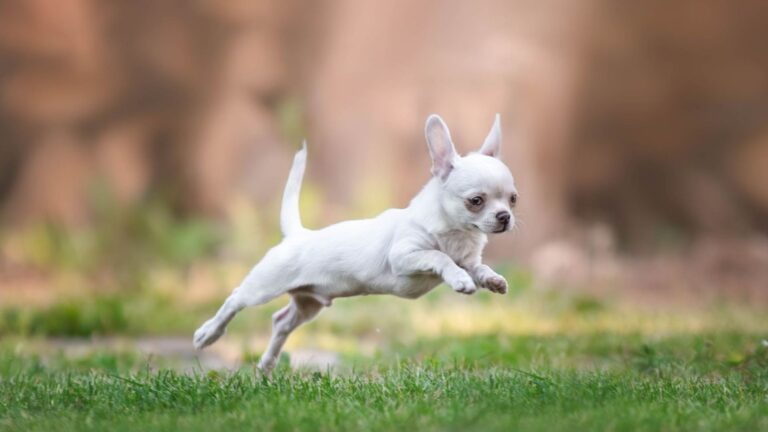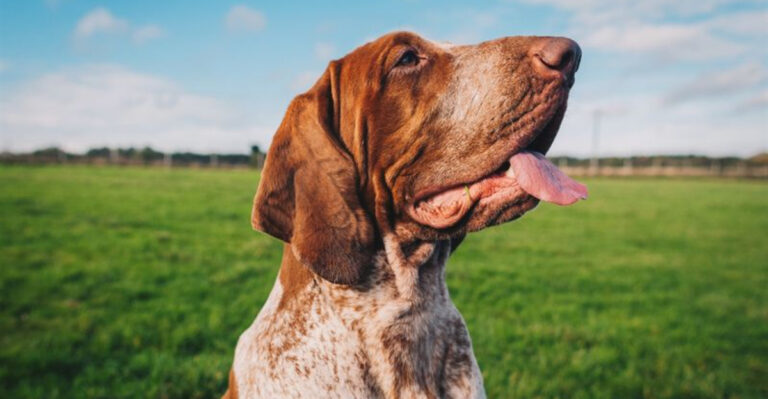Why Your Dog May Be Aggressive: 17 Possible Reasons
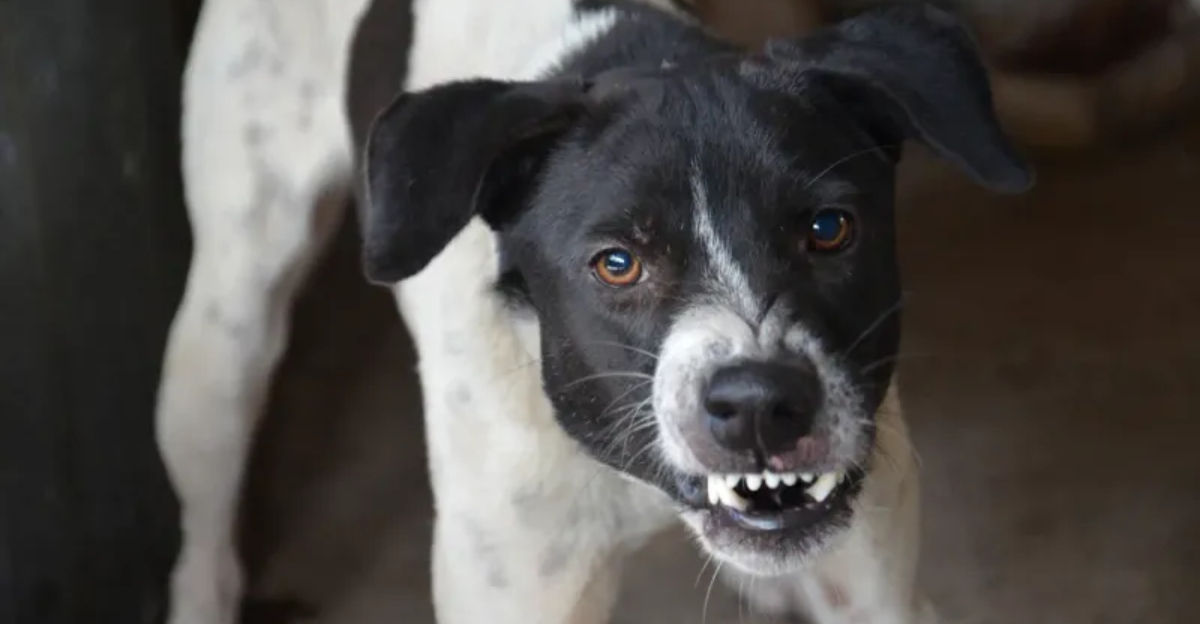
Even the sweetest pups can sometimes show signs of aggression, leaving owners confused and concerned. But behind that growl or snap, there’s usually a reason.
Let’s dig into what might be triggering this behavior—and how you can help your dog feel safe and secure again.
1. Inconsistent Reinforcement
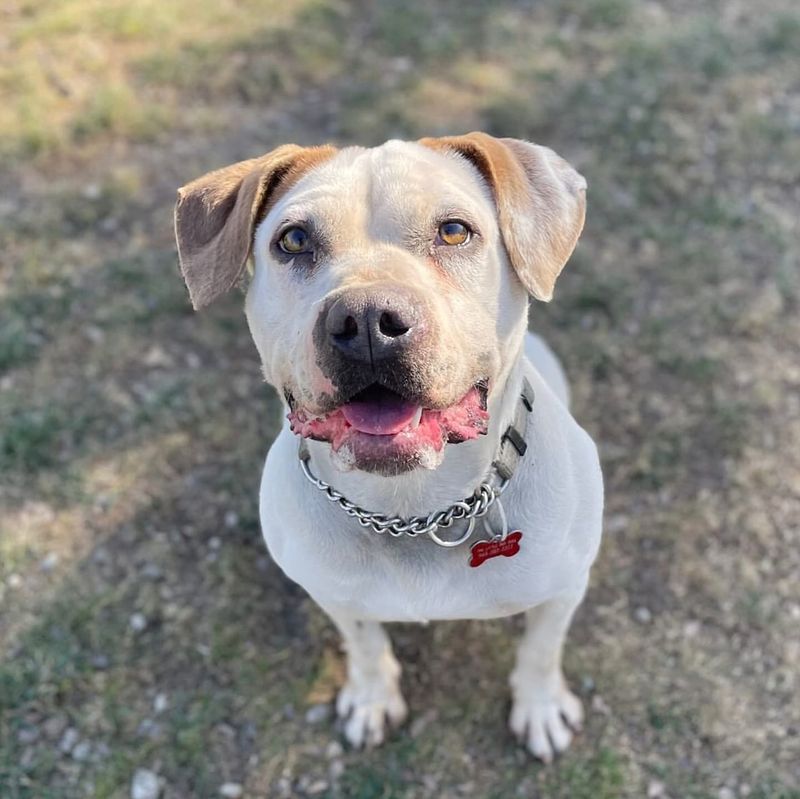
Inconsistent training can lead to confusion and aggression in dogs.
When dogs receive mixed messages about acceptable behavior, it can cause frustration or anxiety, triggering aggressive responses.
Consistency in commands and reinforcement is key to clear communication and trust.
All family members should be aligned on training methods and rules to avoid confusion.
Regular training sessions with positive reinforcement can help foster calm and obedient behavior.
2. Pain And Discomfort

Pain is a major cause of sudden aggression in dogs, especially if they’re injured or dealing with chronic conditions.
Even the gentlest dogs may lash out when touched in a painful spot.
Signs like limping, flinching, or withdrawal can indicate hidden discomfort.
In these cases, a vet visit is essential to identify and treat the issue.
Managing pain with medication, rest, and gentle handling can ease both physical and behavioral symptoms.
3. Fear And Anxiety

Fear and anxiety are major causes of aggression in dogs, often triggered when they feel unsafe.
Instead of fleeing, some dogs respond with defensive behavior to protect themselves.
Common triggers include loud sounds, strangers, or traumatic past experiences.
Identifying these triggers allows you to help your dog feel more secure and in control.
With calming tools, positive reinforcement, and expert guidance, even anxious dogs can learn to feel safe.
4. Territorial Behavior
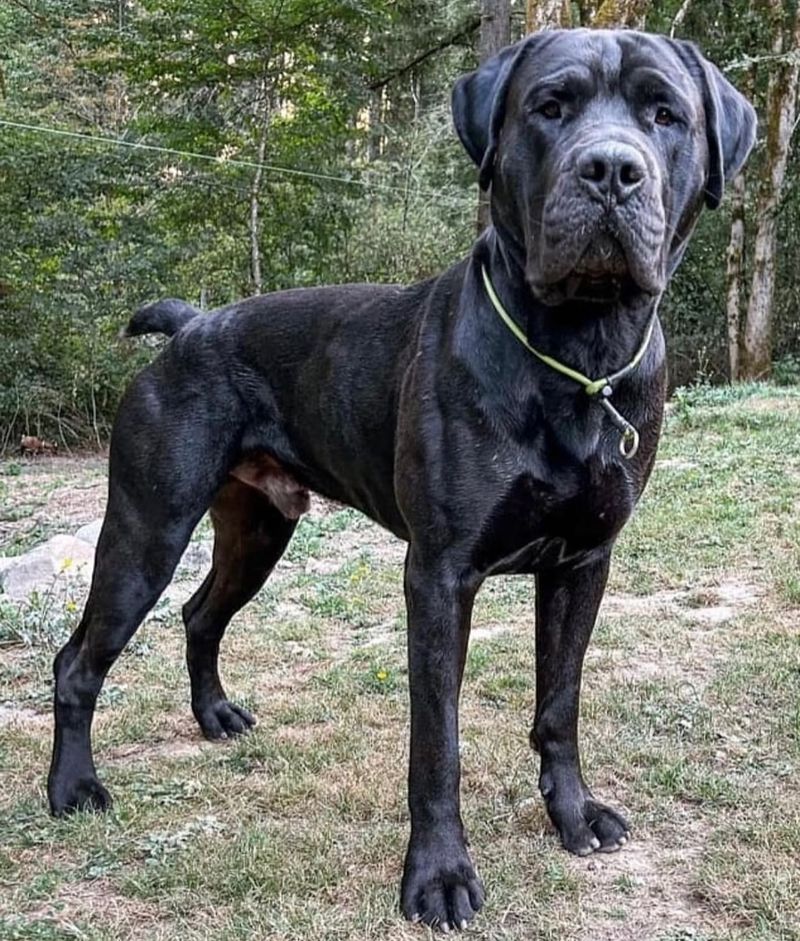
Territorial aggression stems from a dog’s instinct to protect its home and family.
This behavior often shows up as barking, growling, or lunging at perceived intruders.
While some protectiveness is normal, it becomes an issue when the dog overreacts to harmless guests.
Training and clear boundaries help the dog understand what’s truly a threat and what isn’t.
With consistency, obedience work, and positive exposure to visitors, territorial behavior can be managed.
5. Protective Instincts
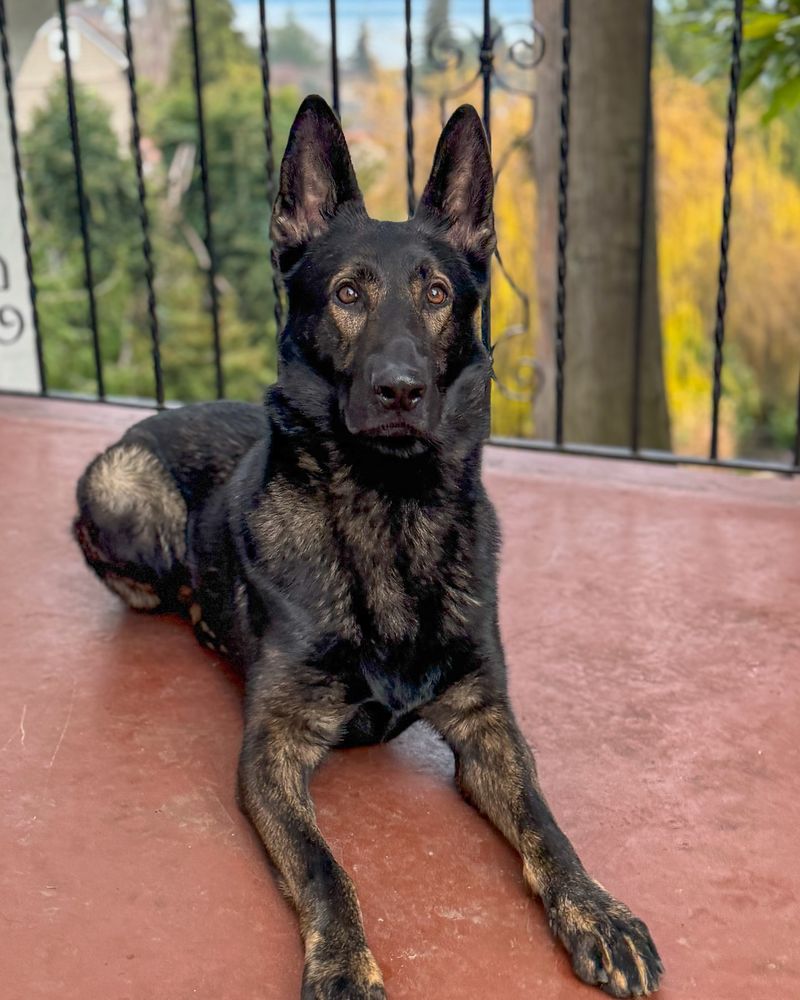
Maternal aggression is natural, especially for female dogs with newborn puppies.
Mother dogs instinctively protect their puppies from perceived threats, which may include humans or other animals.
Respecting the mother’s need for space and a peaceful environment is vital during this time.
Minimizing stress and disturbances helps reduce aggressive reactions, ensuring she can care for her young.
For protective aggression outside of motherhood, training and positive reinforcement can help manage behavior.
6. Resource Guarding
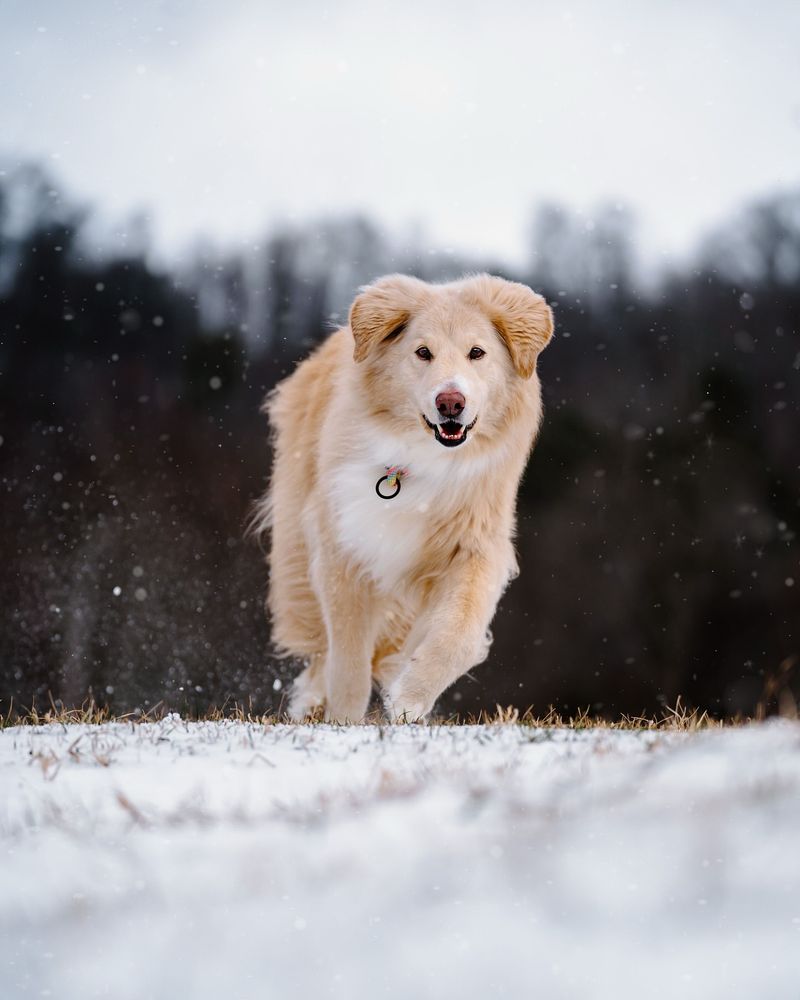
Resource guarding occurs when dogs become aggressive over things they value, like food or toys.
This behavior is driven by an instinct to protect essential resources, ensuring their survival.
While common, resource guarding can lead to problematic aggression if not addressed.
Training exercises, such as trading items for treats, can help reduce anxiety and build trust.
Avoid forcibly taking items away and use positive reinforcement to encourage sharing.
7. Lack Of Exercise
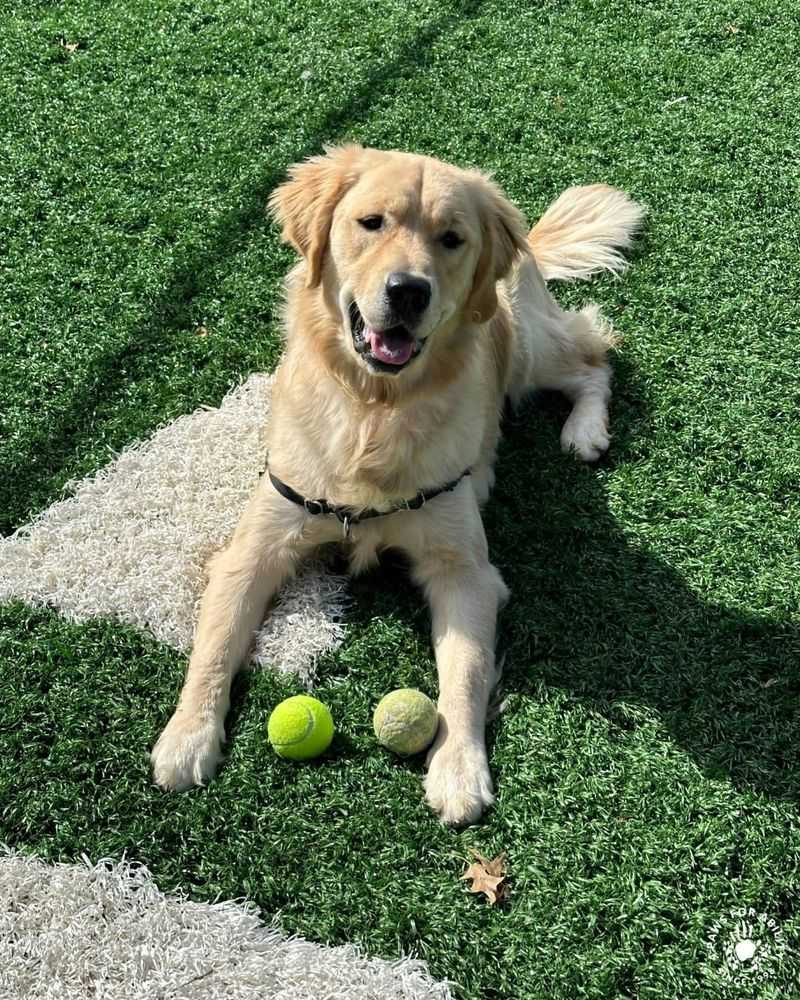
Dogs need regular physical exercise to stay healthy, both physically and mentally.
Lack of exercise can lead to frustration, aggression, and destructive behaviors.
Exercise not only keeps dogs fit but also relieves excess energy and boredom.
Walking, running, and interactive games can help channel that energy positively.
Mental stimulation with puzzle toys or training sessions is just as important for a balanced routine.
8. Dietary Mysteries
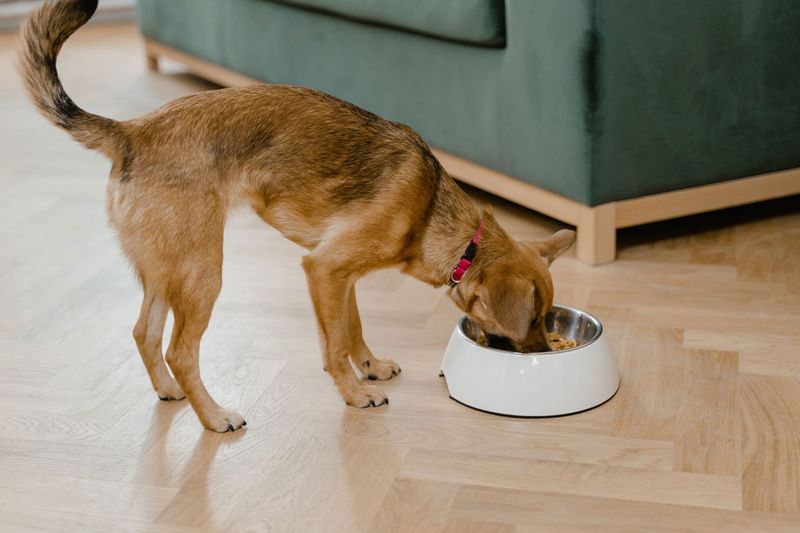
Ever wondered if your dog’s food could be causing mood swings? Beyond the usual suspects of allergies, some unusual ingredients might be the culprit.
Imagine an exotic spice or a rare herb sneaking into your pet’s meal, causing unexpected aggression. Some foods, harmless to humans, can stir odd reactions in dogs.
Pay attention to any diet changes and observe if behavior shifts. Consulting with a vet about safe and appropriate ingredients can keep your furry friend in good spirits.
A balanced diet may hold the key to preventing unwarranted hostility.
9. Lack Of Training Or Discipline
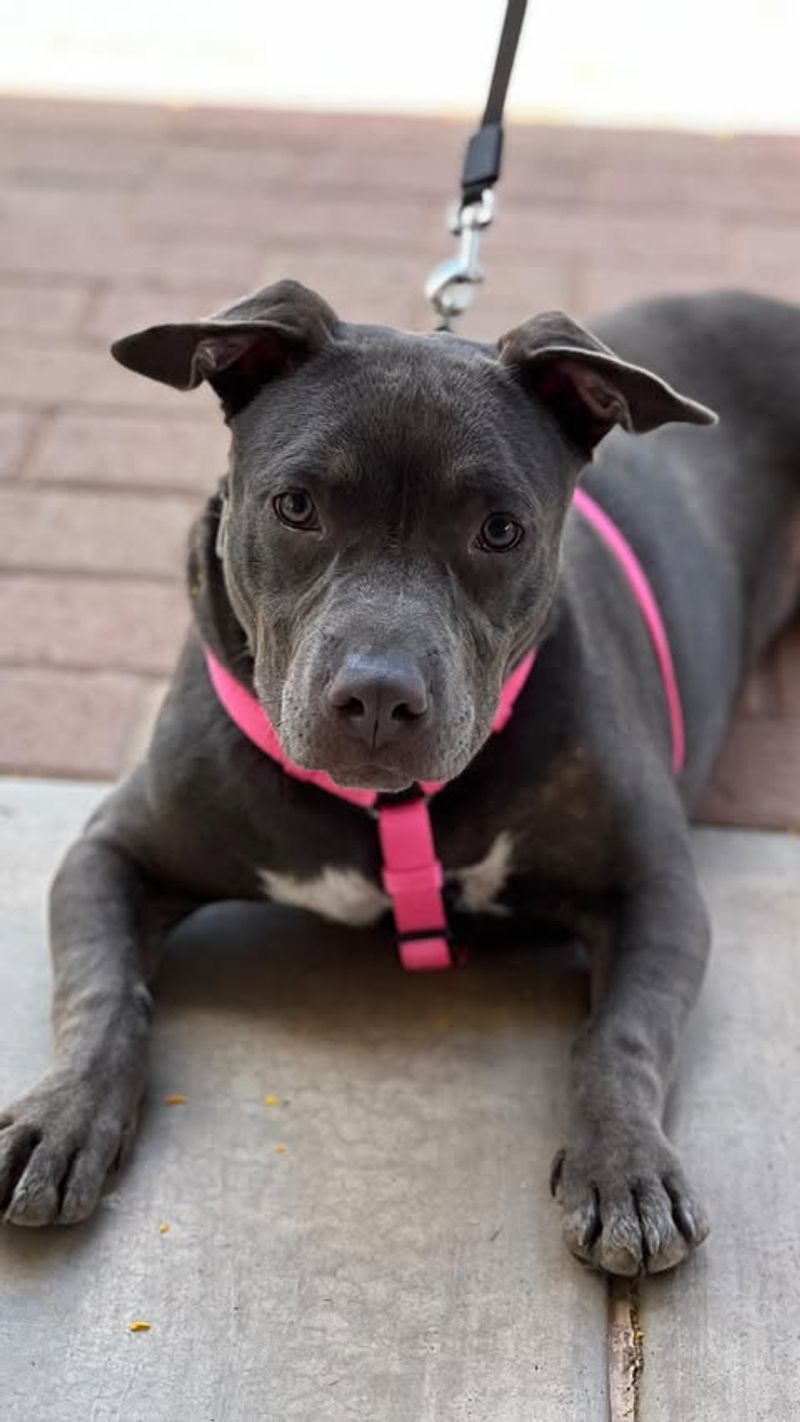
Dogs lacking proper training may resort to aggression due to a lack of understanding of boundaries.
Without structure, they can develop habits that lead to frustration for both the dog and the owner.
Basic obedience training provides structure, reducing the chances of aggression.
Training should start early but can be implemented at any age with patience and consistency.
Positive reinforcement, like treats and praise, encourages good behavior and strengthens the bond.
10. Overstimulation
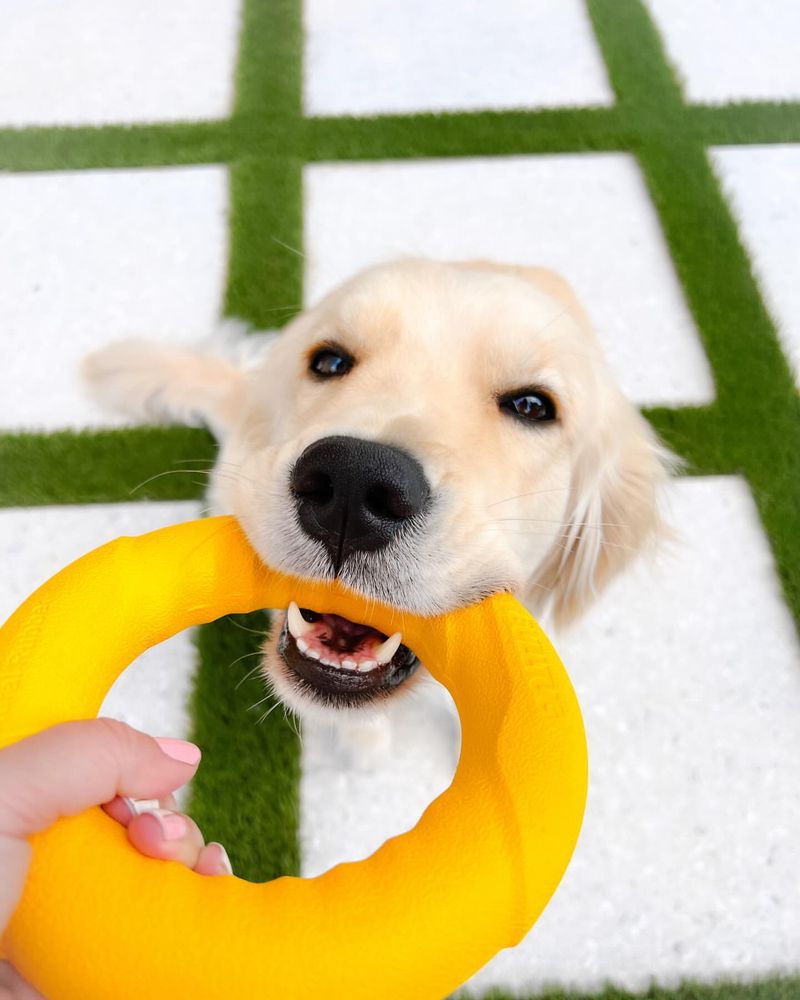
Dogs can become aggressive when overstimulated by noise, activity, or excitement.
Overwhelming environments can frustrate dogs, particularly high-energy breeds or those with low tolerance for excitement.
Recognizing signs like excessive barking, jumping, or spinning can help prevent aggression.
Providing a calm, structured environment and using commands like “sit” or “quiet” can help redirect their focus.
Balancing stimulation and relaxation ensures dogs remain happy and less prone to aggressive outbursts.
11. Hormonal Changes
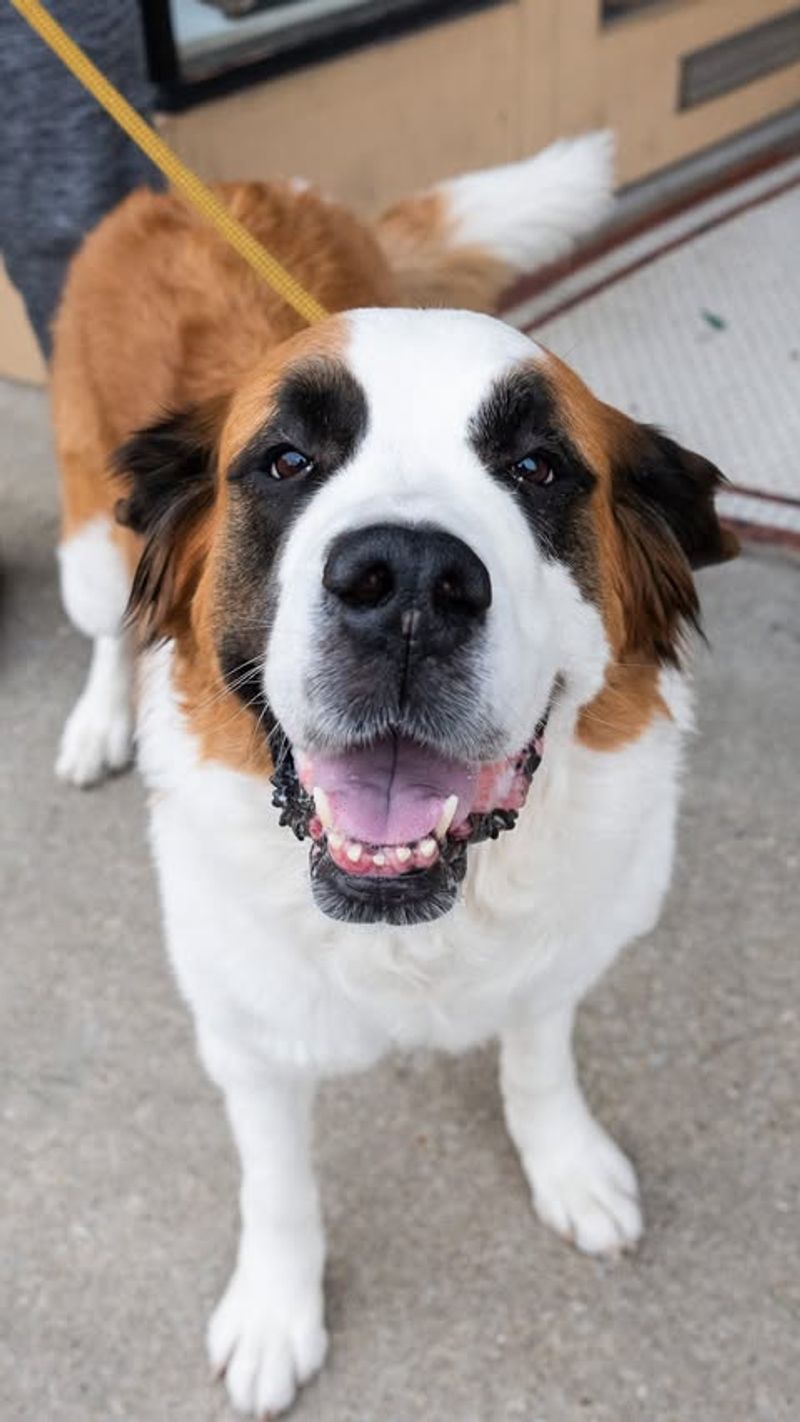
Hormonal changes during adolescence can lead to increased aggression in dogs.
As they reach sexual maturity, dogs may display dominance or territorial behaviors.
During this “teenage phase,” dogs may test boundaries by marking or becoming more assertive.
Spaying or neutering can help moderate these hormonal changes and reduce aggression.
Training, consistency, and patience are essential to guide dogs through this stage.
12. Jealousy
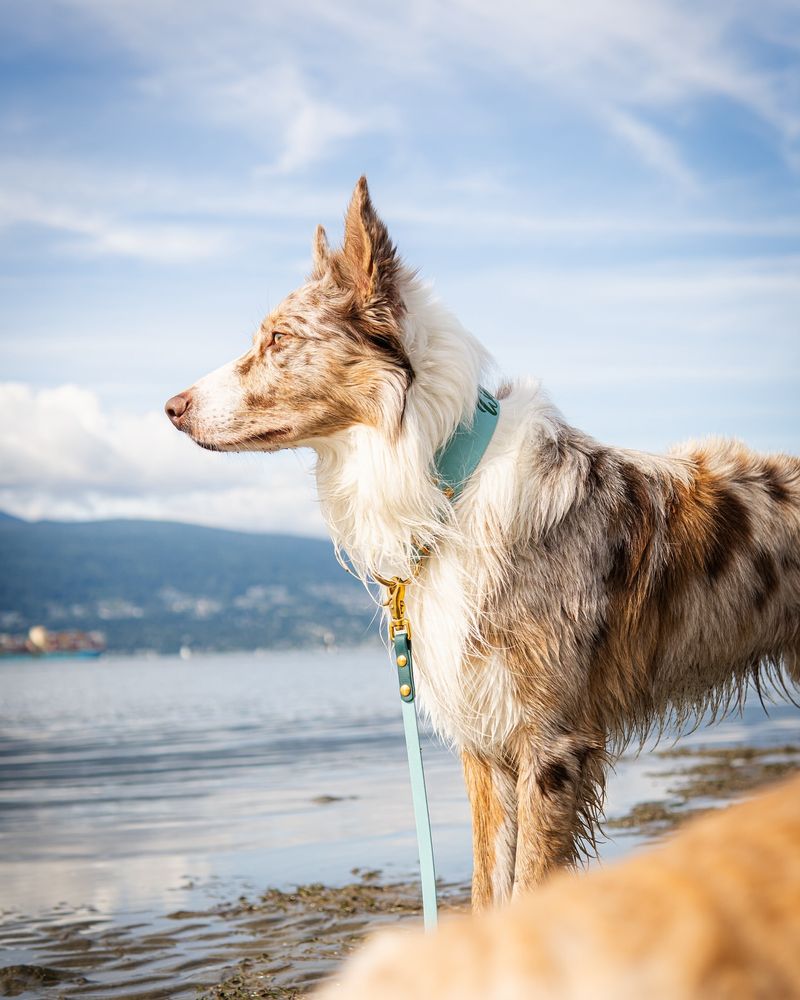
Jealousy isn’t just for humans—dogs can experience it too, often leading to aggression.
This behavior typically occurs when a dog feels their bond with their owner is threatened by another pet or family member.
To manage jealousy, owners should maintain attention and affection for their dog, even with new additions to the household.
Establishing a routine with dedicated playtime and using commands like “wait” or “off” can help curb aggressive behavior.
Positive reinforcement for calm behavior encourages dogs to share their owner’s attention peacefully.
13. Improper Breeding

Breeding practices greatly influence a dog’s behavior. Dogs bred in poor conditions or from aggressive lines are at a higher risk of developing behavioral issues, including aggression.
Responsible breeding is critical to ensure the temperament and health of a dog.
Prospective dog owners should research breeders thoroughly and consider adopting from shelters where dogs are often temperament tested.
Ensuring a dog’s lineage is free from aggressive traits can prevent future behavioral issues and promote a healthier pet-owner relationship.
14. Lack Of Socialization
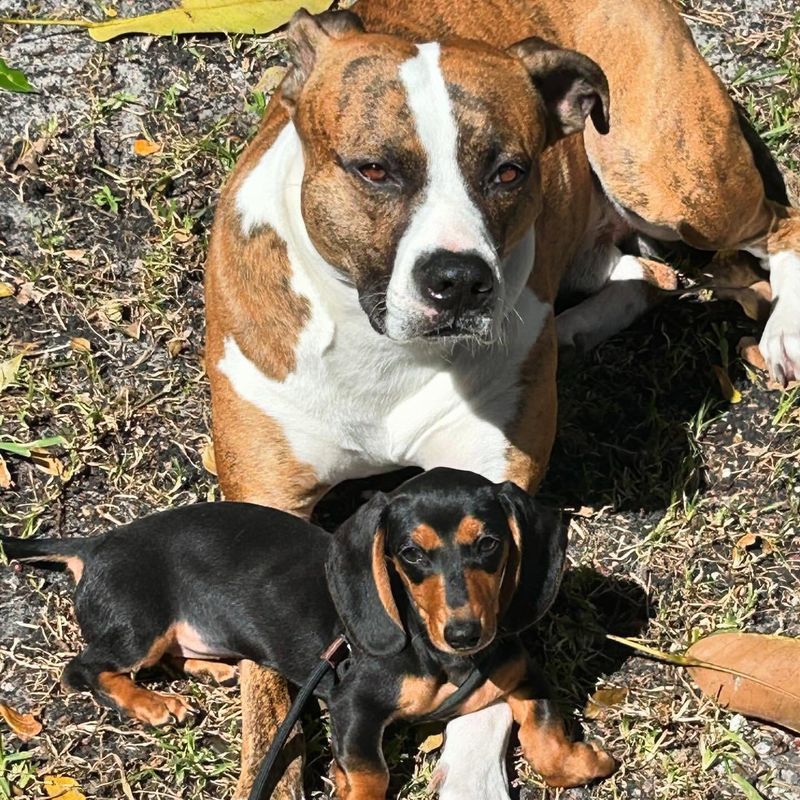
A lack of early socialization is a major reason some dogs develop aggression.
Without exposure to different people, places, and animals, they may grow up fearful of new situations.
That fear can turn into defensive or aggressive behavior as they try to protect themselves.
Introducing puppies to the world during the critical 3–14 week window helps build confidence.
Older dogs can still learn with patience and gentle guidance from professional trainers.
15. Frustration
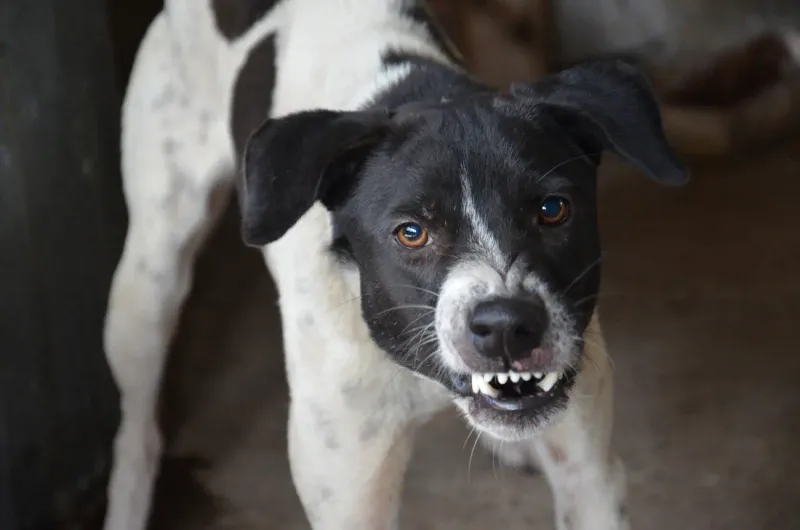
Frustration is a common trigger for aggression in dogs.
When dogs are unable to reach a desired goal, like a toy or another animal, they may express their frustration through aggressive behaviors.
Signs of frustration include barking, whining, or destructive actions.
Providing mental stimulation, like puzzle toys or interactive games, can help alleviate frustration.
Training exercises and regular playtime also help manage frustration, keeping your dog calm and happy.
16. Sensory Overload
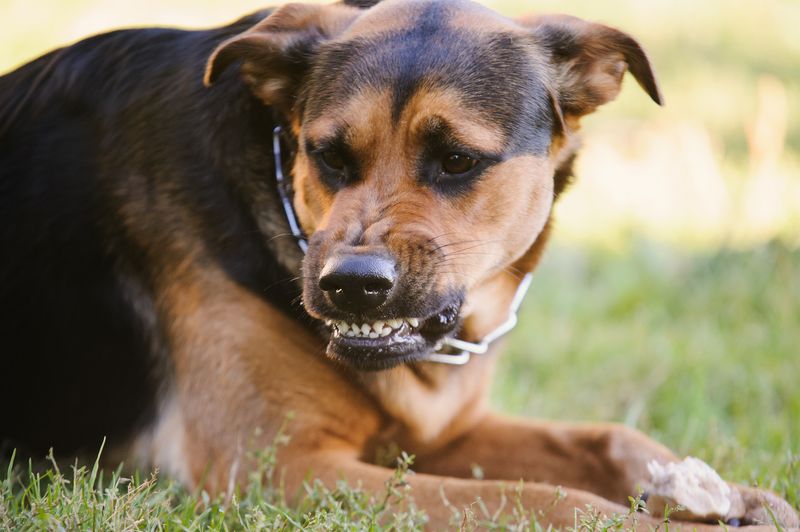
In today’s world, dogs are often exposed to a barrage of stimuli, from televisions and smartphones to household gadgets.
This sensory overload can be overwhelming and lead to aggression as a coping mechanism.
Minimizing excessive noise and providing downtime can help alleviate sensory-related stress.
Creating a balanced environment where your dog can relax away from constant stimuli is crucial. This approach helps reduce aggression and promotes overall well-being.
17. Past Trauma Or Abuse
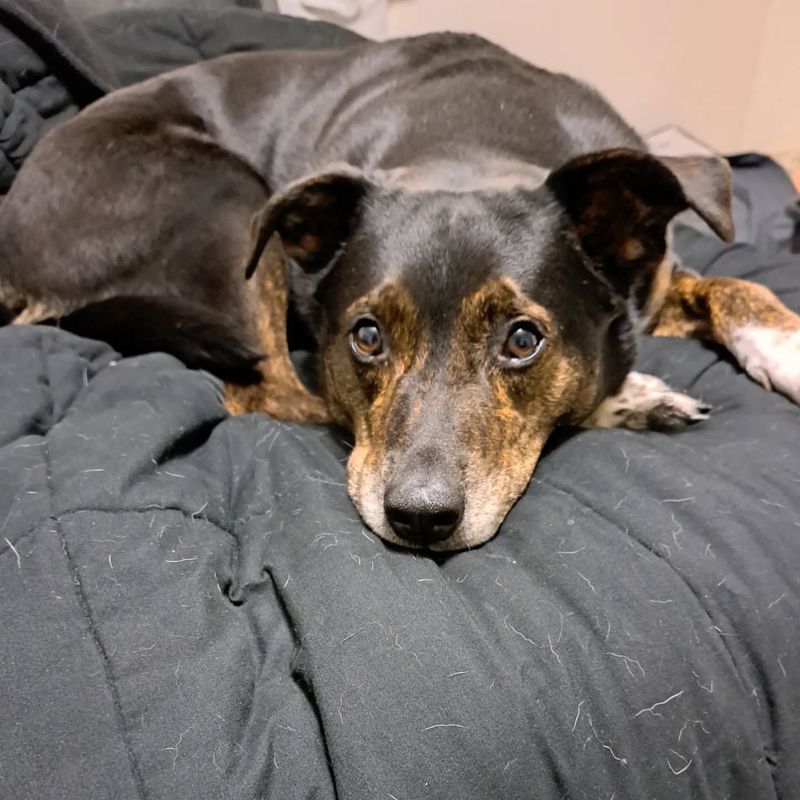
Dogs that have experienced trauma or abuse may show aggression as a defense mechanism.
These dogs often associate certain situations with past negative experiences, leading to fear.
Helping them overcome trauma requires patience, a nurturing environment, and building trust.
Creating a safe space and approaching them calmly can help them feel secure and reduce aggression.
Positive reinforcement and professional guidance can aid in their rehabilitation and healing process.



